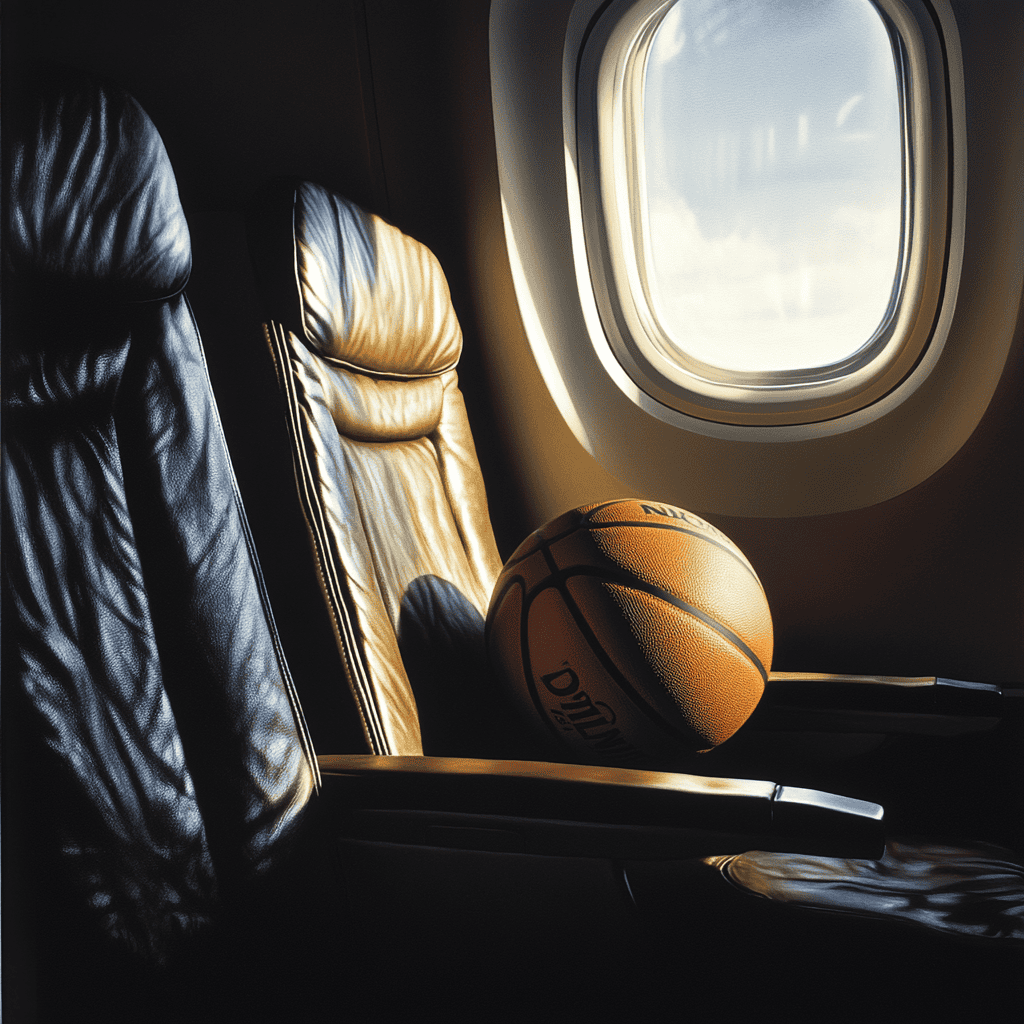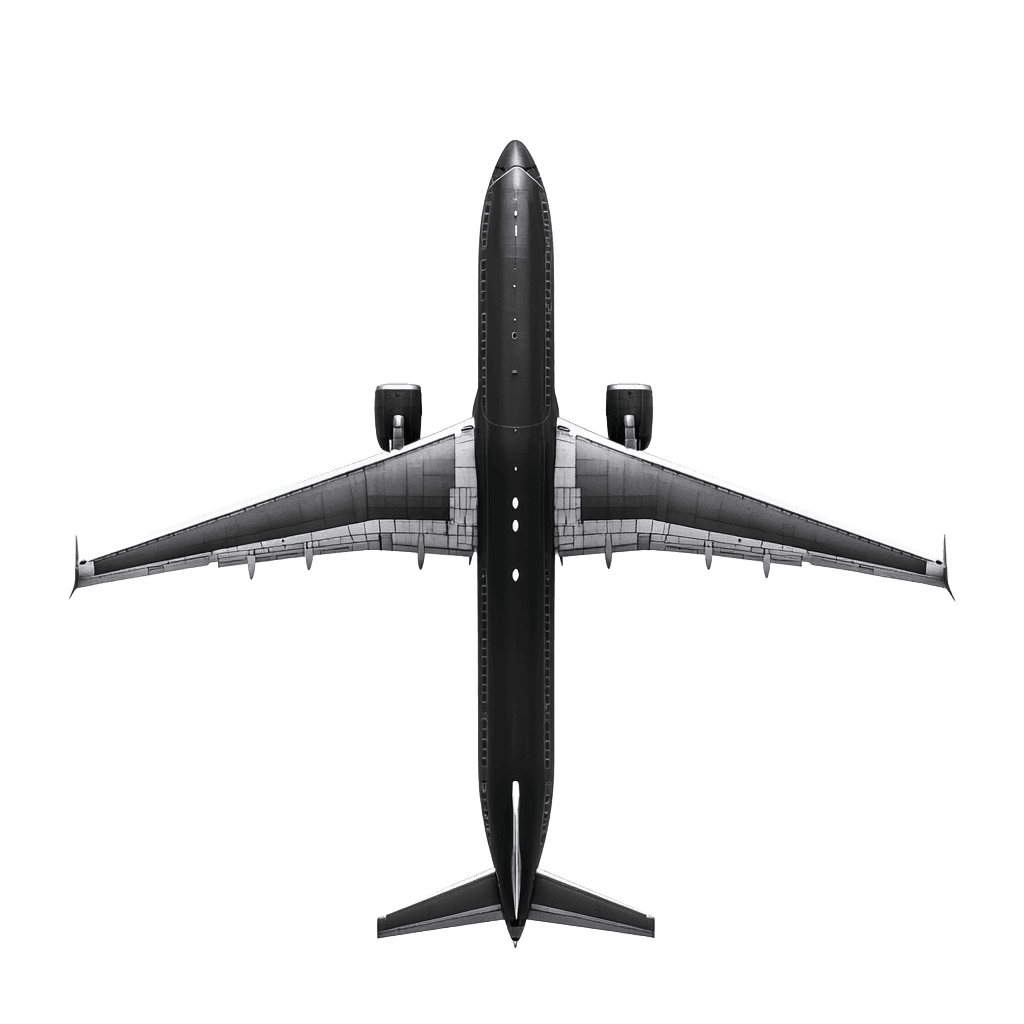Table of Contents
Flying with Sports Gear: Airline Policies, Fees & Packing Tips
Headed to the slopes, the links, or a race? If your gear is coming with you, it’s essential to understand how airlines handle sports equipment like skis, golf clubs, bicycles, surfboards, and more.
Every airline has its own rules—some treat sports gear like regular checked luggage, others charge oversized fees, and a few even have special packaging requirements. In this guide, we break down what to expect when flying with sports equipment, including fees, size limits, and handling tips to protect your gear.
🧳 1. What Counts as Sports Gear?
Most airlines define sports equipment as gear used for recreation or competition, and typically include:
- Golf clubs and bags
- Skis and snowboards
- Bicycles (folding, hardcase, or boxed)
- Surfboards, paddleboards, bodyboards
- Hockey, lacrosse, and baseball gear
- Fishing rods
- Scuba diving equipment
- Archery or shooting gear (must follow firearm regulations)
📌 Tip: Check whether your equipment falls under special baggage or regular checked luggage to avoid surprise fees.
💵 2. Airline Fees for Sports Equipment (2025 Overview)
Here’s how major U.S. airlines handle sports gear:
| Airline | Fee for Most Sports Gear | Special Notes |
|---|---|---|
| American Airlines | Standard baggage fee applies | Oversize fees waived for golf bags/skis under 126″ |
| Delta Air Lines | $30–$150 depending on item | Bikes may incur oversized charges |
| United Airlines | $35–$150 | Bicycles must be packed in a hard case |
| Southwest Airlines | First 2 bags free | Skis and golf bags count as 1 checked item |
| Alaska Airlines | Standard checked bag rate | No oversize fee for sports gear under 115″ |
| JetBlue Airways | $35–$150 | Bikes count as special items, not regular bags |
📌 Tip: Golf bags and ski gear are often treated more leniently than bicycles or surfboards.
🚲 3. Special Rules for Bicycles, Skis, and Golf Clubs
🚴 Bicycles:
- Must be disassembled and packed in a bike case or box
- Airlines often limit weight to 50 lbs (23 kg)
- Hard cases are recommended (and sometimes required)
- Expect to pay oversize or special item fees unless waived
🎿 Skis and Snowboards:
- Most airlines treat skis + boots as one checked item
- Weight limit still applies (usually 50 lbs)
- Boot bag must contain only boots (no extra gear) to qualify as free
🏌️ Golf Clubs:
- Must be in a hard-sided or padded golf travel bag
- Contents limited to golf clubs, balls, and one pair of shoes
- Some airlines waive oversize fees if within 62–126 linear inches
📌 Tip: Call ahead if your gear is close to the size limit—rules vary by aircraft type.

📦 4. Packing Tips to Protect Your Sports Gear
✔ Use hard-shell cases or padded bags
✔ Remove detachable parts and pedals (for bikes)
✔ Place clothing or towels around gear for extra cushioning
✔ Lock or zip-tie closures to prevent shifting
✔ Label your gear with your name, address, phone number, and destination
📌 Pro Tip: Take photos of your gear before check-in in case you need to file a damage claim.
✈️ 5. Does Sports Equipment Count Toward Checked Bag Allowance?
Yes—unless specifically exempted by the airline.
- Golf clubs, skis, and snowboards often count as one standard bag
- Bicycles, surfboards, and other large items may count as oversize or special items
- If you’re flying basic economy, even sports gear might not be allowed unless purchased separately
📌 Always double-check your fare class—some discount tickets don’t include checked bags at all.
🌍 6. International Travel Considerations
Traveling with sports gear internationally? Watch out for:
✔ Partner airline rules on connecting flights (they may differ)
✔ Customs declarations for expensive gear
✔ Additional handling fees at foreign airports
✔ Size/weight limits that differ from U.S. standards
📌 Tip: Research the return policy or damage process for international mishandling before departure.
✅ Final Thoughts: Flying With Sports Gear Can Be Easy
| Step | Why It Matters |
|---|---|
| Know your airline’s policy | Prevents costly surprises at check-in |
| Pack properly and securely | Protects your gear and speeds up inspection |
| Use padded or hard-shell cases | Minimizes risk of damage during transport |
| Consider airline-friendly gear | Compact, foldable equipment may be easier to check |
| Arrive early and check in at counter | Some gear needs manual handling or inspection |
📌 Bottom Line: Flying with sports gear is totally doable—as long as you plan ahead, pack smart, and know the airline’s rules. Don’t let logistics get in the way of your next adventure.
Pack strong. Fly prepared. Play hard. 🏌️♂️🎿🚴✈️


